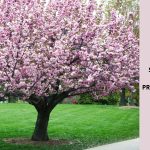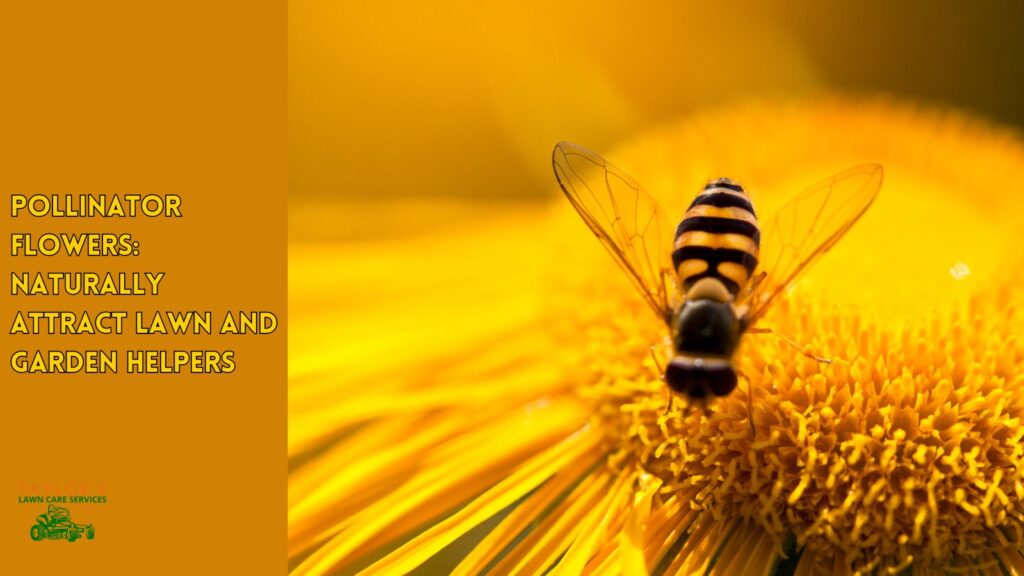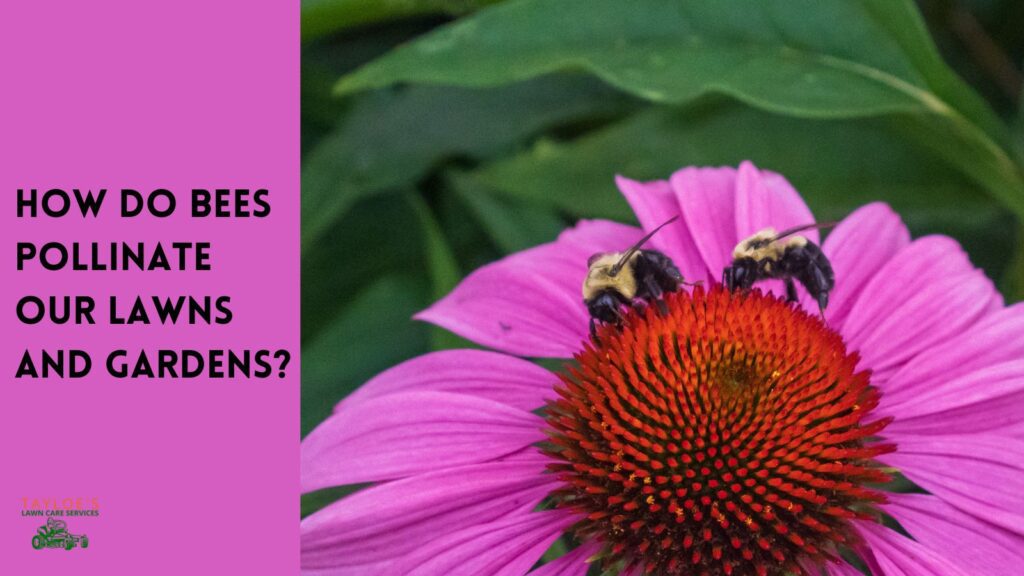Last Updated on: 17th July 2024, 06:49 am
They’re not as striking as butterflies or bees, but this pollinator insect is just as important
In a recent study from the University of Sheffield, researchers have shed light on the importance of moths as pollinators. The research emphasizes the insect’s role in maintaining healthy urban ecosystems. The study suggests that these nocturnal creatures may visit as many plants as bees, highlighting the need for their conservation and protection.
Moths, often underappreciated and overlooked, face pressures from urbanization. Their complex life cycle and specific plant requirements make them less resilient than bees. Despite these challenges, the winged pollinators support urban plant communities, accounting for a third of all pollination in flowering plants, crops, and trees.
The Study of Moths by the University of Sheffield
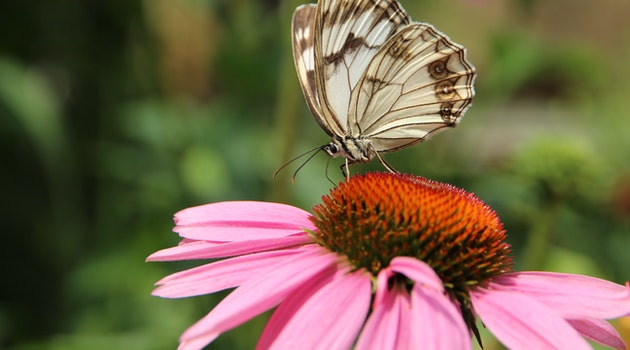
The study’s findings highlight the importance of considering moths in urban planning and redevelopment. Introducing plant species beneficial for moths, alongside those for bees, is crucial for the health of urban ecosystems.
Lead author Dr. Emilie Ellis, formerly of the University of Sheffield’s Grantham Institute for Sustainable Futures and now at the Research Centre for Ecological Change (REC) at the University of Helsinki, noted that urbanization decreases the diversity of pollen carried by moths and bees. This reduction means fewer flower resources for these pollinators, affecting plant populations that rely on insects for pollination.
The study also revealed that bees and moths visit significantly different plant communities. Moths were found to carry more pollen than previously thought. Moreover, they visit more types of tree and fruit crops than previously identified.
Poor urban planning has led to a decline in pollinator species.
In urbanized areas, an overabundance of non-native plant species or a reduction in plant diversity can lead to lower insect interactions. That can affect both plant and insect populations. Dr. Ellis emphasized the importance of protecting urban green spaces and developing them to support diverse wildlife, ensuring the resilience of all pollinator insect populations.
The research has implications for wildlife-friendly gardening initiatives, urban planners, and policymakers responsible for developing urban green spaces. Dr. Ellis stressed the need for a more focused effort to raise awareness of moths’ crucial role in establishing healthy environments. That’s especially true, due to the drastic decline in their populations over the past fifty years.
Dr. Stuart Campbell, a senior author of the study from the University of Sheffield’s School of Biosciences, highlighted the complexity of pollination networks involving various insects and plants. The study used DNA sequencing to identify the pollen that gets stuck to night-flying moths when they visit flowers, revealing that they likely pollinate a range of plant species unlikely to be pollinated by bees.
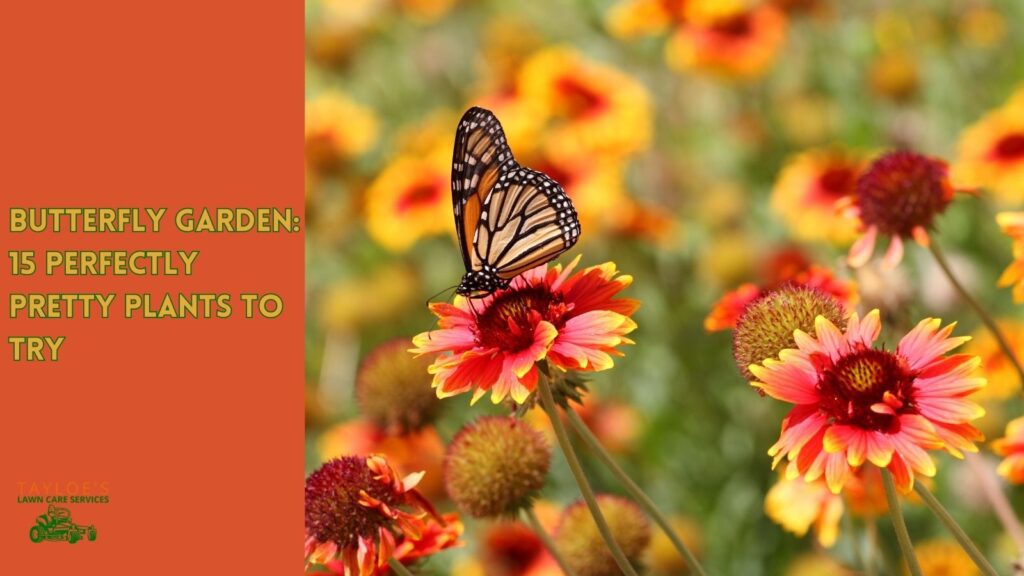
How Can You Attract Moths to Your Garden?
Many plants can attract these night pollinators to the garden. Moths are primarily attracted to plants that have strong scents or produce nectar, as these serve as food sources for adult moths. Here are some plants that are commonly known to attract moths:
- Evening Primrose (Oenothera spp.): Evening primroses produce fragrant, pale yellow or white flowers. The blooms open in the evening and emit a sweet scent, attracting moths.
- Nicotiana (Nicotiana spp.): Nicotiana plants, also known as flowering tobacco, have tubular-shaped flowers. They release a strong, sweet fragrance at night. Their scent is lovely to moths.
- Honeysuckle (Lonicera spp.): Honeysuckle vines produce sweet-smelling flowers that open in the evening and are highly attractive to nighttime insects. They seem to especially have allure for species like the Hummingbird Hawk-moth.
- Jasmine (Jasminum spp.): Jasmine plants are renowned for their intensely fragrant white or yellow flowers. They bloom in the evening and attract a variety of moth species.
- Phlox (Phlox spp.): Phlox plants have clusters of colorful flowers that bloom, attracting pollinators with their scent.
- Buddleja (Buddleja spp.): Also known as butterfly bush, Buddleja plants produce long, cone-shaped clusters of flowers that release a sweet fragrance. This plant will draw both butterflies and moths to your garden.
- Moonflower (Ipomoea alba): Moonflower is a nocturnal relative of the morning glory. Its large white flowers open at night and emit a sweet scent, specifically attracting pollinator insects.
- Datura (Datura spp.): Datura plants, or angel’s trumpet, have large, trumpet-shaped flowers that open in the evening. Upon opening, the blossoms release a strong fragrance that draws in moths.
These are just a few examples of plants that can attract night pollinator insects to your garden. It’s worth noting that specific moth species may be attracted to different plants, so having a diverse selection of flowers with varying scents can help attract a broader range of insects.
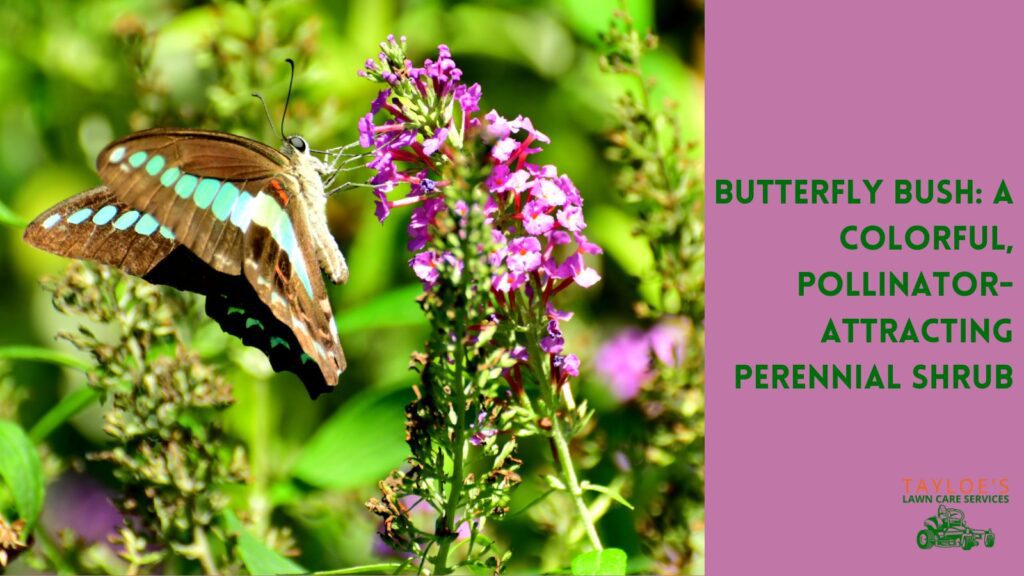
The Takeaway: The Humble Moth Plays a Large Role in Pollination
The recent study calls for a greater appreciation of moths and their role in pollination. Our natural pollinators face the pressures and threats of urbanization. Thus, it’s essential to ensure that our planting strategies are diverse and friendly to both moths and bees to maintain the resilience of our plants and insects.
Author Profile

- Deborah Tayloe is the CEO and co-founder of Tayloe's Lawn Care Services, LLC. She has a B.S.Ed and holds certificates in soil and water management and herbology from accredited programs.
Latest entries
 Lawn CareDecember 29, 2025Commercial winter lawn care is a must
Lawn CareDecember 29, 2025Commercial winter lawn care is a must GardeningSeptember 27, 2025What perennials, shrubs, and trees don’t like fall pruning (and why)?
GardeningSeptember 27, 2025What perennials, shrubs, and trees don’t like fall pruning (and why)? Trees and ShrubsSeptember 14, 2025Fall Shrub Pruning Guide (September–October)
Trees and ShrubsSeptember 14, 2025Fall Shrub Pruning Guide (September–October) Trees and ShrubsApril 22, 2025Boxwood Blight: Early identification and isolation
Trees and ShrubsApril 22, 2025Boxwood Blight: Early identification and isolation


